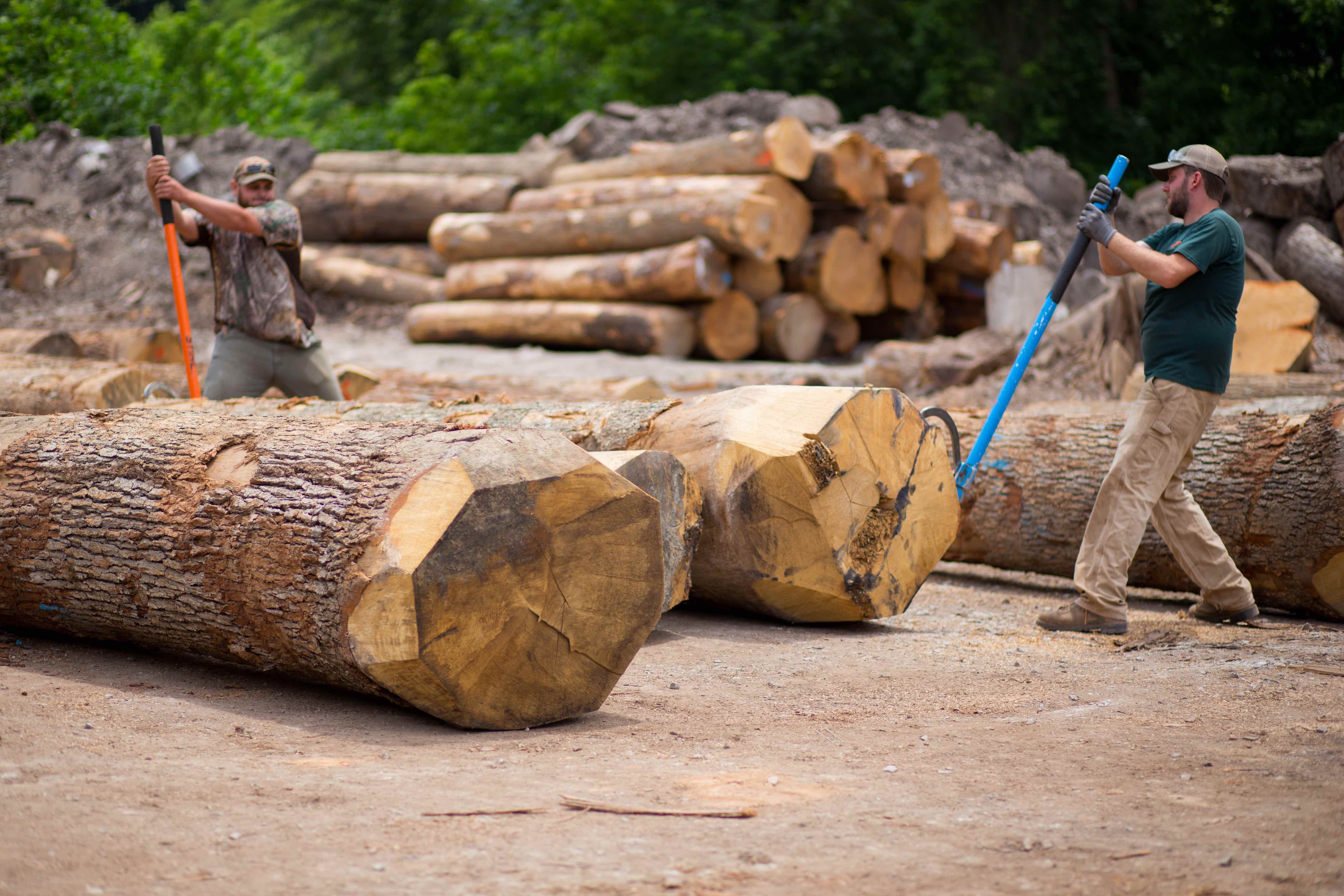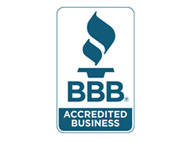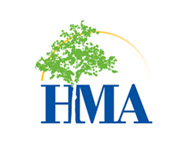 One item to keep in mind is that these logs are the very best of the best logs available. The amount of harvested veneer logs from an average Appalachian timber tract now ranges from 3% to 5%; a decade or two ago that yield was closer to 5% to 7%. As you can see, when the supply volume of the best of the best has shrunk 30% to 40%, it creates a very interesting demand market place for log buyers.
One item to keep in mind is that these logs are the very best of the best logs available. The amount of harvested veneer logs from an average Appalachian timber tract now ranges from 3% to 5%; a decade or two ago that yield was closer to 5% to 7%. As you can see, when the supply volume of the best of the best has shrunk 30% to 40%, it creates a very interesting demand market place for log buyers.
The veneer log market is also at the mercy of world-wide demand for the different species. The US and Chinese designer demand has the largest impact on what is ‘hot’ and what is not. Currently the hottest species are white oak and black walnut. Other species currently fashionable are red oak, hard maple, and hickory. For several years, ones species that has had a challenging time gaining traction is black cherry.
As an aside, the white oak log market is currently being stretched further by the increased demand for quarter-sawn lumber to make upscale flooring and by the barrel stave market because of the increased demand for spirit and wine barrels.

When it comes time to conduct a log sale, the domestic and export customers visit the yard to inspect logs that have been chosen specifically for them. During this inspection the customer, our log yard team, and the log buyer interact and solicit feedback as to what the customer wants today as well as for future sales. The quality and underlying value of a veneer log is subjective; it is imperative that the log buyers know the customer’s precise expectations. Every time I visit the RRW log yard, I ask more questions about our customers and what makes one veneer log more valuable than another. There are times I am absolutely amazed that our log buyers can find what the customer wants.
The final step in the veneer log export business is contacting a freight forwarder to obtain the necessary trucks and containers. The logs are stuffed into containers and trucked to either Columbus, Ohio, railed to California or trucked directly to Norfolk, VA to be loaded onto a container. It takes about 14 days longer for the logs to arrive in Asia if they go through the Panama Canal. We choose the shipping route based on the best freight rate and the customer’s time line.
Yoder Lumber primarily conducts our export business with substantial down payments or sends the ownership documents to our Chinese agent who then releases the documents when he receives payment. In the export business, this is referred to as “Cash against Documents”. If necessary, we can arrange to handle qualified accounts on open credit through the SBA.
If you’d like to know more about our veneer log business please contact our RRW office at 304-464-4980 or visit our website for their full contact information.








